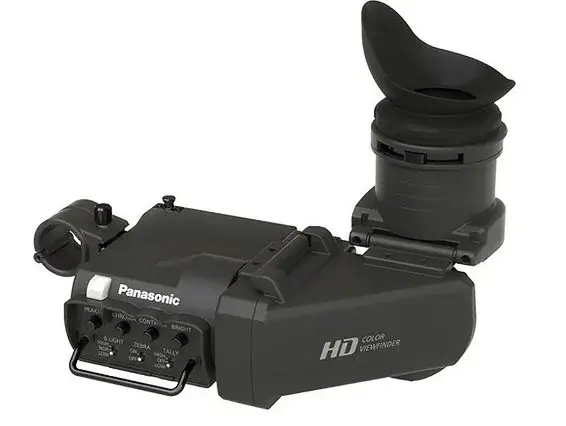One of the key components of a video surveillance system is the display on which the image is displayed cameras Proper connection of the display is important to ensure high-quality viewing and analysis of the video stream. In this article, we will look at the basic steps and recommendations for connecting a display for video surveillance.
▎1. Selecting a display
Before you begin connecting, you must select a suitable display. There are various options on the market including LED, LCD and OLED screens. When choosing, consider the following factors:
• Screen size: Determine what size display you need based on the distance from it and the amount of information you plan to display.
• Resolution: For To display high-quality images from cameras, it is recommended to choose displays with high resolution (at least Full HD).
• Brightness and contrast: These parameters are important for image clarity, especially in bright conditions.
• Connections: Make sure the display has the necessary ports to connect to the video surveillance system (HDMI, VGA, DVI, etc.).
▎2. Preparing the Equipment
Before you connect the display, make sure you have all the necessary components:
• Cables: Prepare the appropriate cables to connect the display to the DVR or cameras. The most common options are HDMI and VGA.
• Mounts: If you plan to mount the display on a wall or in a rack, make sure you have secure mounts.
• Power: Check availability sockets for connecting the display and other system components.
▎3. Connecting the display
Now you can proceed to the connection process:
1. Install the display: If you are using a wall mount, install it on the wall according to the manufacturer's instructions. Make sure the mount is securely fastened.
2. Connect the cable: Use a suitable cable to connect the display to the DVR or camera. For example, if your DVR has an HDMI output, use an HDMI cable to connect to the corresponding port on the display.
3. Connect power: Plug in the display and make sure it works.
▎4. Setting up the display
After connection, you need to configure the display to work correctly with the video surveillance system:
1. Selecting the input source: Turn on the display and select the correct input source (such as HDMI or VGA) using the buttons on the control panel or the remote control.
2. Resolution Setting: Make sure the display resolution matches the resolution of the DVR or cameras. This can be done in the display settings menu.
3. Adjusting Brightness and Contrast: Adjust brightness and contrast settings to optimize image display depending on lighting conditions.
▎5. Testing the system
After setting up the system, test:
1. Check the image quality: Make sure the image is clear and free of artifacts. If you see blurring or other problems, check your connections and settings.
2. Testing all cameras: Switch between different cameras to ensure that each one is displayed correctly.
3. Function Testing: If your DVR supports recording and playback functions, test them on the display.
▎6. System Maintenance
After successful connection and configuration, it is important to maintain the system in working order:
1. Check connections regularly: Periodically check all cables and connections for damage or wear.
2. Software Update: Make sure the DVR and display software is updated to the latest version.
3. System Health Monitoring: Use monitoring systems to monitor camera health and signal quality.





